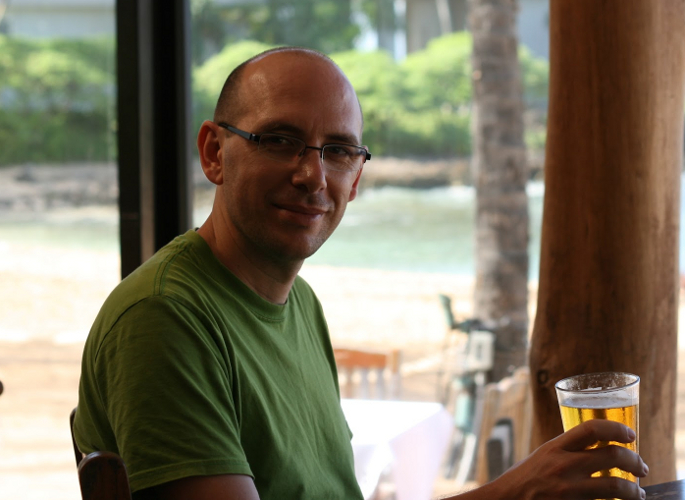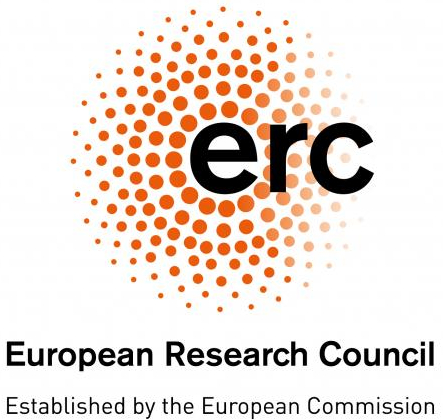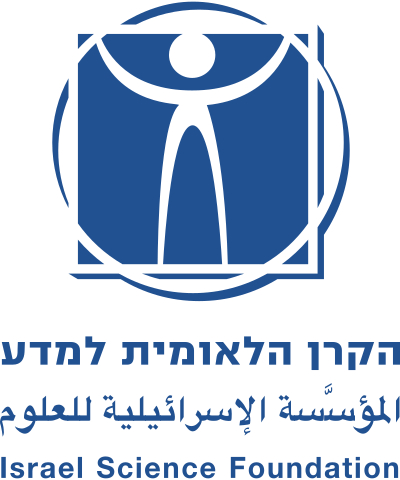New Types of Flares from Accreting Supermassive Black Holes
The BAT AGN Spectroscopic Survey (BASS)
JWST Surveys of High-Redshift Galaxies and AGN
The Evolving Relations Between Supermassive Black Holes and Their Host Galaxies
Evolution of Black Hole Mass and Accretion Rate
Black Hole Spins, Accretion Flows, and Radiative Efficiencies in (High-Redshift) Active Black Holes
Circumnuclear Gas and Dust in Active Galactic Nuclei
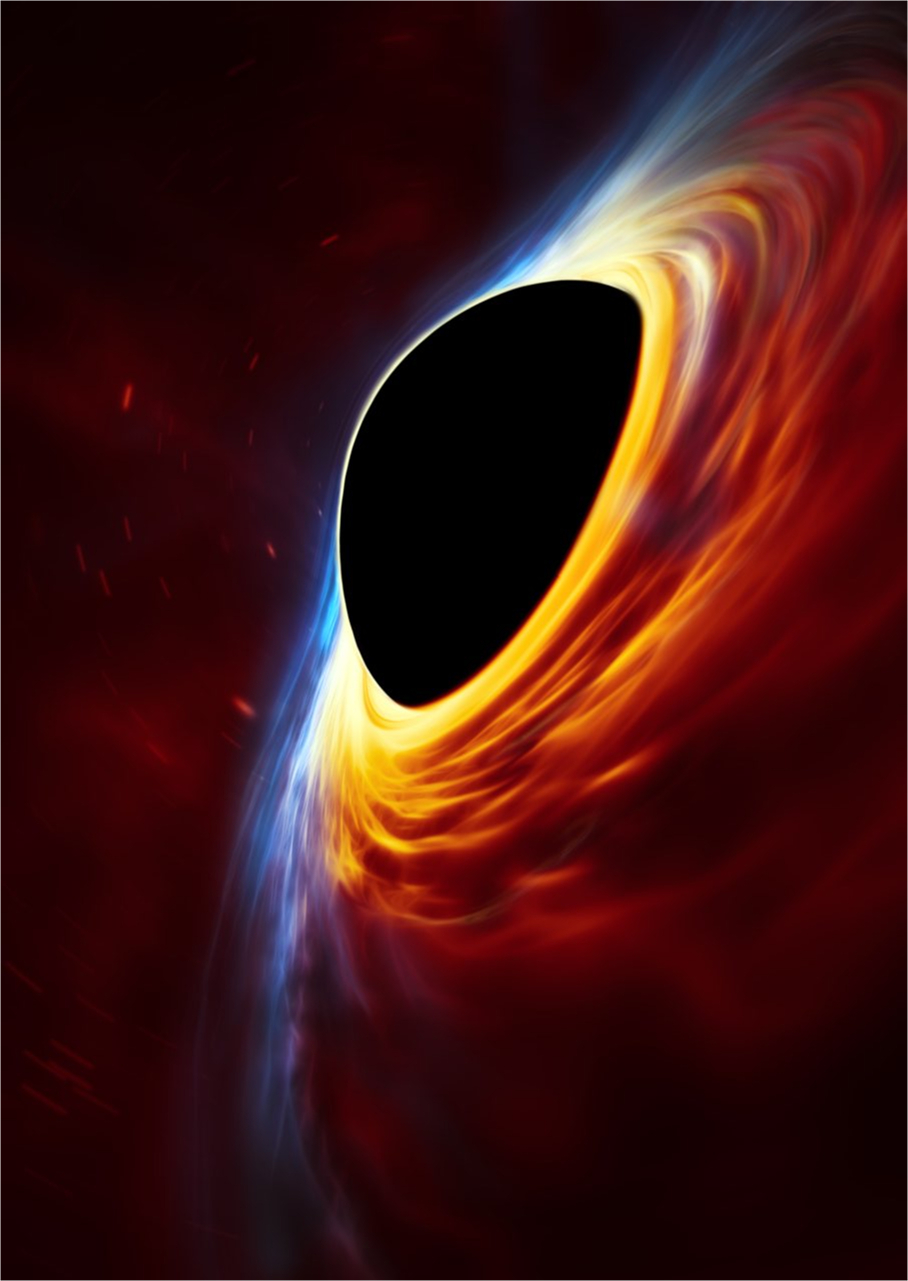 |
Using responsive spectroscopic and multi-wavelength follow-up observations to study sudden changes in the accretion flows and gas distribution around supermassive black holes, including:
A new class of UV-bright flares from accreting supermassive black holes, characterized by broad Bowen fluorescence emission features -- robustly linked, for the first time, with high-velocity gas in the vicinity of the accreting SMBH (Trakhtenbrot et al., Nature Astronomy, 2019a).
Read the press release!
An AGN caught "changing look" on a timescale of months: this is the first case where the lag between the change in continuum and in broad line emission of a "changing-look" AGN has been temporally resolved
(Trakhtenbrot et al. 2019b).
A transient "changing look" AGN resolved on month timescales, from first-year SDSS-V data -- a peculiar and surprisingly fast dimming and re-brightening event, possibly driven by variable obscuration (Zeltyn et al. 2022a).
A review on "changing look" AGN -- summarizing the history of their detection, their basic properties, and our most up-to-date understanding of their nature (Ricci & Trakhtenbrot, Nature Astronomy, 2023).
|
The BAT AGN Spectroscopic Survey (BASS)
A Complete Census of Powerful Supermassive Black Hole Activity in the Local Universe
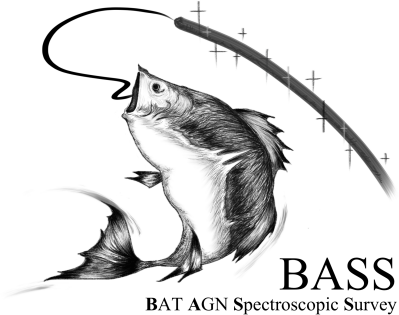
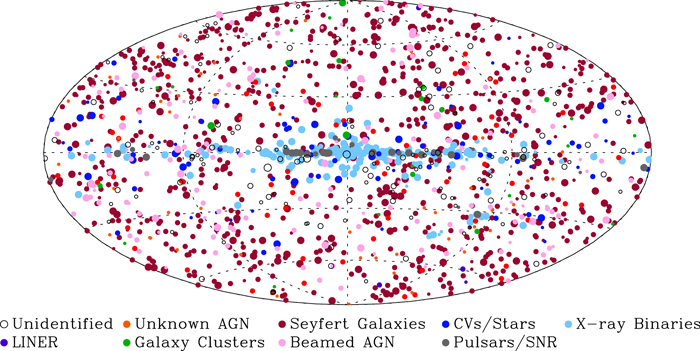
|
BASS is an international collaboration that aims to provide a complete census of the most powerful accreting SMBHs in the local universe.
Starting with a complete sample of over 1000 AGN, selected in the ultra-hard X-rays (>10 keV; with Swift/BAT), the BASS team collects and analyzes data from across the electromagnetic spectrum, through large allocations of observing time on a wide variety of advanced observatories (including VLT, Palomar, Keck, NuSTAR, Chandra, VLA, ALMA).
We provide the community with reliable measuremetns of spectral distributions and features, black hole masses and accretion rates, host properties, and other related physical components (e.g., circumnuclear gas, radio jets).
As a co-founder and a core-team member of BASS, I contributed extensively to optical spectral analysis, and particularly black hole mass and accretion rate measurements, as well as to general project oversight.
The BASS team has published over 35 papers, including:
Showing that radiation pressure and the Eddington ratio dominate the degree of obscuration towards accreting SMBHs (Ricci, Trakhtenbrot et al., Nature, 2017).
Read the press release!
Identifying a population of close separation (<1 kpc), obscured dual nuclei in the hearts of some powerful active galactic nuclei, using Keck/AO imaging (Koss et al., Nature, 2018).
Finding very limited evidence for a link between the shape of the X-ray SED and the Eddington ratio, contrary to earlier works (Trakhtenbrot et al. 2017c).
The second public data release of BASS (DR2) was published in 2022, in a Focus Issue of ApJS (9 key papers).
To find out more, check out the DR2 overview paper (Koss et al., 2022a), and our dedicated data website.
|
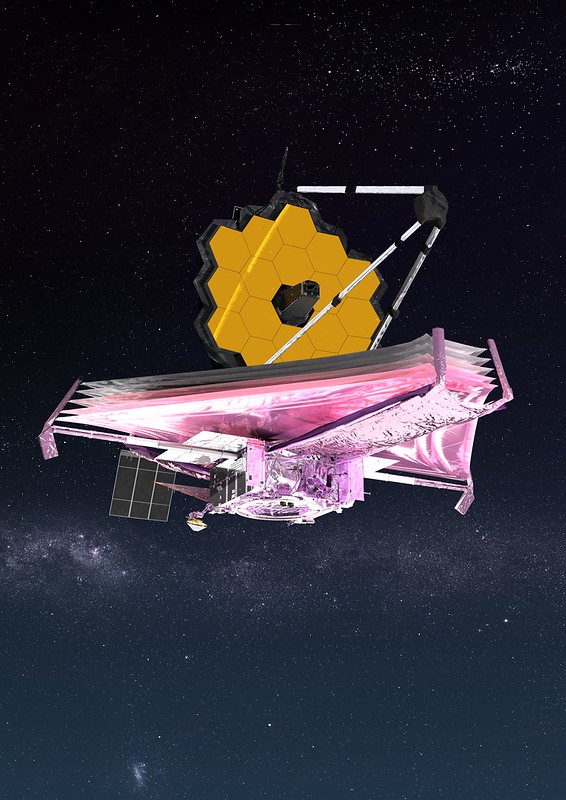 |
I'm a member of several teams utilizing large allocations of JWST observing time to study various populations of high-redshift AGN, their host galaxies and large-scale environments, in unprecedented detail. These efforts include:
The COSMOS-Web Project: a 255 hour wide-field Cycle 1 JWST treasury program that maps a contiguous 0.6 square degrees area with deep NIRCam, as well as parallel MIRI imaging. COSMOS-Web is designed to probe about a million galaxies across cosmic time, to detect the sources of cosmic reionization and the large-scale structure at that cosmic epoch, as well as reveal the ellusive population of medium-luminosity AGN at z>5.
Read the COSMOS-Web overview paper (Casey et al. 2023).
The EREBUS Collaboration: a collaborative effort to study the BH properties, host galaxies, and large-scale environments of the earliest quasars (z>6), utilizing imaging and spectroscopy obtained with JWST. Initial published results include detailed rest-frame optical spectroscopy of eight quasars at z > 6.5 (Yang et al. 2023) and the identification of filamentary structure around a z=6.61 quasar (Wang et al. 2023).
JWST NIRCam imaging of two quasars from the SHELLQs sample of lower-luminosity quasars at 6 Ding et al., Nature, 2023).
|
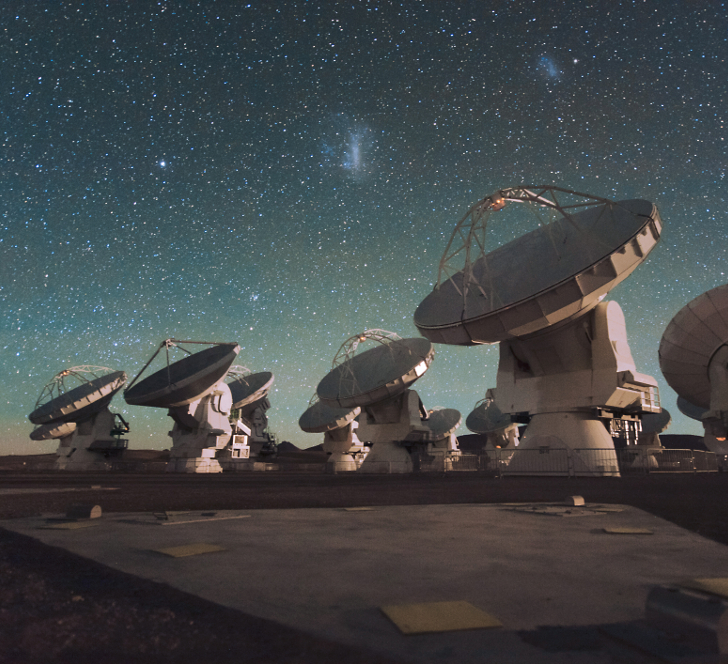 |
ALMA reveals the role of galaxy mergers for the fast growth of high-redshift SMBHs and host galaxies:
Using the innovative Atacama Large Millimeter/submillimeter Array (ALMA), we identified gas-rich, star-forming galaxies accompaning (and interacting with) about one third of fast-growing SMBHs, at z~4.8.
The spectral data provided by ALMA indicate that these are "major interactions", but also suggest rotation-dominated gas kinematics in some systems
(Trakhtenbrot et al. 2017a, Nguyen et al. 2020).
A complementary study using Hubble Space Telescope imaging showed that the interacting companion galaxies are likely dust-obscured and that the highest-SFR quasar host galaxies do not show late-stage mergers signatures (Thomas et al. 2023).
|
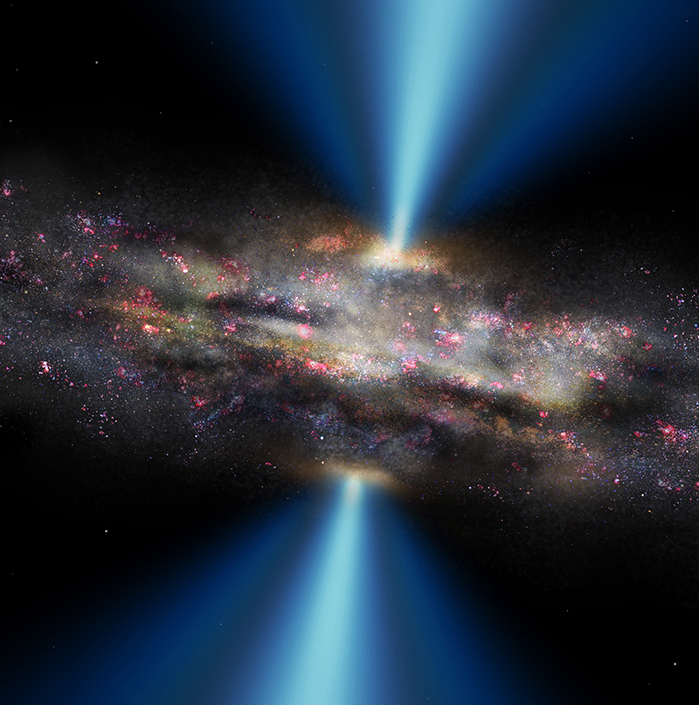 |
An over-massive black hole in a typical star-forming galaxy, 2 billion years after the Big Bang:
A Keck-based study of a z~3.3 X-ray selected AGN revealed a SMBH with a mass of one tenth of the normal, star-forming host galaxy
(Trakhtenbrot et al., Science, 2015).
Check out the associated press release!
|
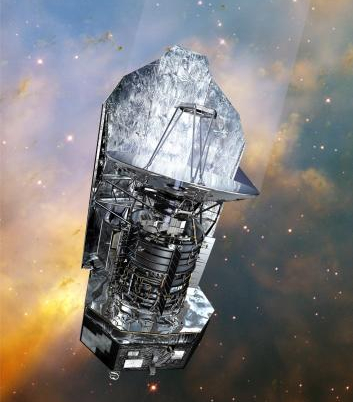 |
Extreme star formation in the host galaxies of fast-growing SMBHs at z~4.8:
A follow-up study of a sample of z~4.8 fast-growing black holes, with the Herschel Space Telescope, detected very high star formation rates in ~25% of the sources, as well as a "stacked signal" in the remaining 75%
(Mor et al. 2012, Netzer et al. 2014).
|
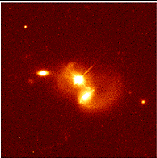 |
The evolution of MBH/Mhost to z~2:
No significant evolution of relations between black hole mass and galaxy total stellar mass up to z~2.5, in the COSMOS field
(Suh et al. 2020)
The evolving mass function of galaxies and the luminosity function of quasars are used to support a strong evolution of MBH/Mhost~(1+z)2
(Caplar, Lilly & Trakhtenbrot 2015, 2018).
A combination of the "SF sequence" in galaxies and the BH-host relations are used
to suggest a strong evolution in MBH/Mhost
(Trakhtenbrot & Netzer 2010).
|
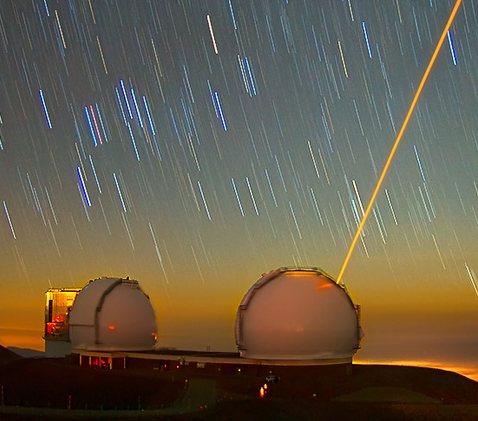 |
Measuring MBH and growth rates at high redshifts, using NIR spectroscopy:
Faint black holes in the COSMOS field, at z~3.3 - observed with Keck: constraints on the earliest epoch of black hole growth
(Trakhtenbrot et al. 2016).
The z~4.8 sample - observed with the VLT and Gemini-N: establishing the epoch of fastest growth for the most massive black holes
(Trakhtenbrot et al. 2011).
The extended z~2.4 & 3.4 samples - observed with Gemini-S: ``mature'' black holes, reaching 10 billion solar masses
(Netzer et al. 2007).
|
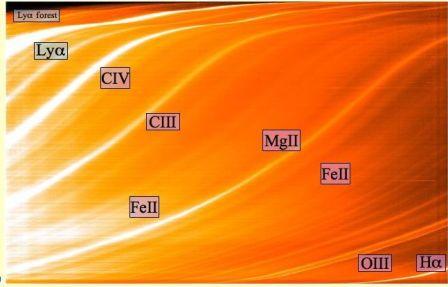 |
Evolution of black hole mass, accretion rate and metalicity in large quasar surveys:
Improving the "virial" methods for measuring MBH and L/LEdd, and tracing SMBH evolution to z~2
(Trakhtenbrot & Netzer 2012).
Analysis of ~10,000 spectra of unobscured accreting black holes from the SDSS
(Netzer & Trakhtenbrot 2007).
|
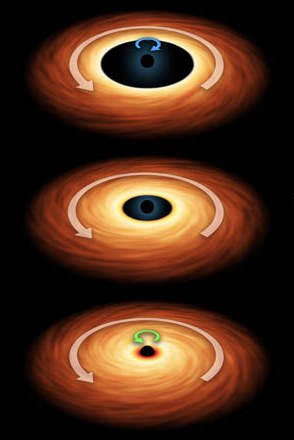 |
Using insights from accretion disk theory to constrain the accretion process and BH physics in luminous AGN, at z~1-6:
Large extragalactic surveys may be missing powerful SMBHs accreting at super-Eddington rates (Pognan, Trakhtenbrot, et al. 2020).
The observed first generation of SMBHs, at z~6-7, can be explained with thin, radiatively-efficient accretion disks (Trakhtenbrot, Volonteri & Natarajan 2017b).
The most massive active BHs at z~1.5-3.5 have high spins and radiative efficiencies (Trakhtenbrot 2015).
Slim accretion disks and high BH spins are common among luminous, SDSS-selected AGNs
(Netzer & Trakhtenbrot 2014).
|
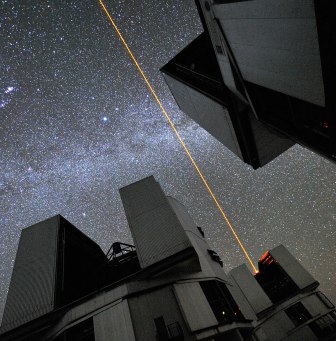 |
Measuring the emission from accretion disks and gas clouds around SMBHs, for a legacy sample of z~1.5 AGN - observed with the VLT/X-Shooter:
Measuring accretion flow properties and black hole spin
(Capellupo et al. 2016).
Testing "virial" methods for measuring black hole masses
(Mejia-Restrepo, Trakhtenbrot et al. 2016).
The X-Shooter sample: overview and accretion disk physics at z~1.5
(Capellupo et al. 2015).
|
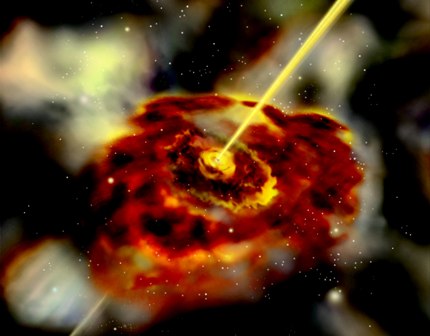 |
Hot, pure-graphite dust clouds around AGN:
Matching the WISE and SDSS catalogs of type-I AGN enables to test several trends involving the covering factor of the clouds
(Mor & Trakhtenbrot 2011).
A View of the Narrow Line Region in the infrared:
An archival Spitzer study to test the relations between the emission and dynamics of the NLR and basic AGN properties
(Dasyra et al. 2011).
Testing the High Accretion Rate Hypothesis in Weak Line Quasars:
A pilot study of 2 z~3.5 WLQs with Gemini-N
(Shemmer et al. 2010).
|
Department of Astrophysics, Tel Aviv University
School of Physics and Astronomy, Tel Aviv University
Department of Physics, ETH Zurich
Institute for Particle Physics and Astrophysics, ETH Zurich
Benoziyo Center for Astrophysics, Weizmann Institute of Science
Experimental Astrophysics research group, Weizmann Institute of Science
This webpage was designed with the kind help of Keren Sharon and Or Graur.
Images courtesy of NASA, SDSS, AURA, ESO, ESA/Hubble, Martin Kornmesser, and Kyuseok Oh.
|

